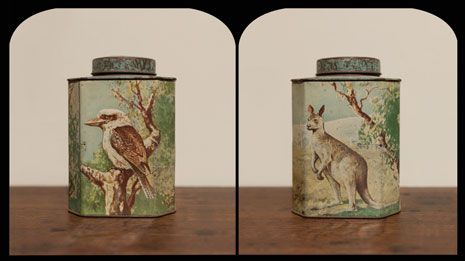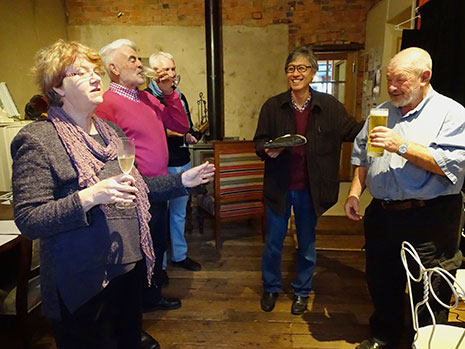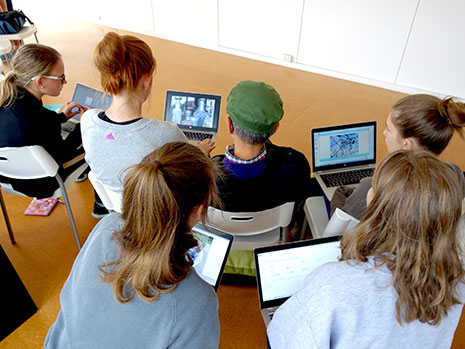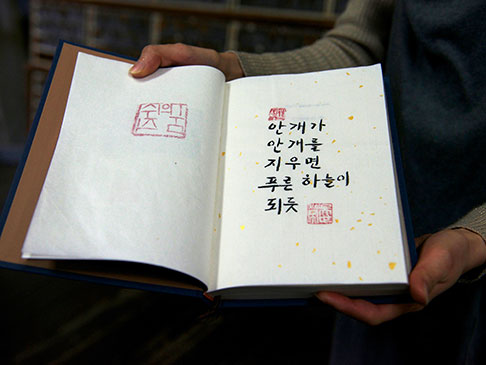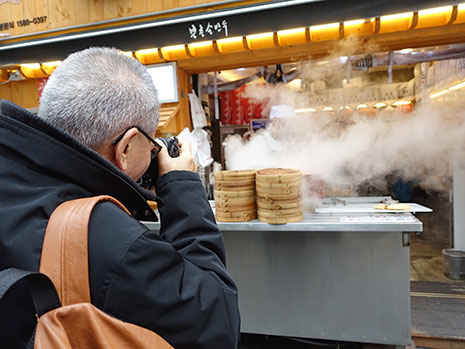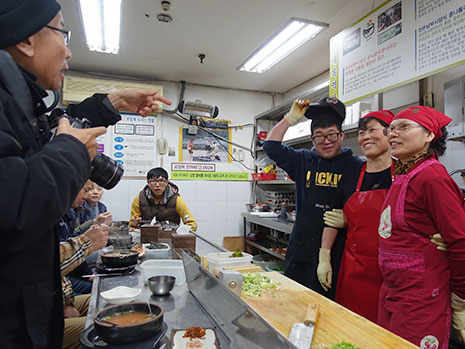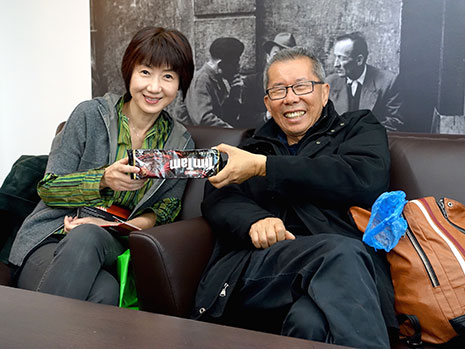News
More than a century after George Rose visited Korea from Melbourne in 1904 and captured the beginning of Japan's occupation with his camera, his legacy is being celebrated through the lens of a unique collaborative project.
Two acclaimed international photographers, both with an inquisitive eye, are today celebrating the spirit of George Rose and the bond between Australia and Korea through a series of photographs and a documentary.
With seed funding support from the Australia–Korea Foundation, Koo Bohnchang, considered one of the most important and prestigious photographic artists of Korea, and William Yang, one of Australia's greatest storytellers, are deep into the 'Spirit of George Rose' project.
In March, Bohnchang and Yang spent a week in Clunes, Victoria, where Rose was born in 1861, taking images of the village and the people they met–in their homes, in their clubs, while at work and at leisure. They then travelled to Korea to capture life in Paju Book City, South Korea, capturing images of life there, in the spirit of George Rose.
The aim of the project is to share the history of Clunes with Korea as Rose once shared the history of Korea with Australians. Final, mounted photographs, and a documentary following the work of the two photographers, will be shown for the first time at this year's Clunes Booktown Festival, to be held 2 and 3 May, and then later in Paju Book City.
The project showcases the many links between Australia and Korea. George Rose, who captured Korea at a very historic moment. Photography. Literature. The new partnership between the Clunes Booktown Festival and Paju Book City. And the long-standing cultural connection between Korea and Australia.
In 2012, Clunes, about an hour-and-a-half drive from Melbourne, gained International Organisation of Booktowns membership, becoming the 15th international booktown and the only one in the Southern hemisphere. The annual Clunes Booktown Festival attracts around 15 000 book lovers who travel from across Victoria and interstate to soak up the historic atmosphere of the town while fossicking through the biggest collection of new, second-hand, rare and collectable books in Australia.
Paju Book City, about an hour's drive north of Seoul, is a cultural complex entirely devoted to the creation, publication and sale of many thousands of Korean books.
George Rose was the son of a shoe-maker who lived in the Victorian goldfields before moving to Melbourne with his new wife and setting up Rose Postcards, a photographic business producing postcards. He travelled around his home country, and the world, capturing people and places with his camera, becoming one of Australia's most impressive photographers of the late 19th and early 20th centuries.
Catherine Croll, Founding Director, Cultural Partnerships Australia, who is responsible for the project and supporting the visits, says Rose's photographs are important for their historical significance. 'They're probably some of the earliest photographs taken of Korea during the very first stages of the Japanese occupation, so for the Koreans these are very, very important images because they've captured a period in time,' says Croll.
Croll was awarded an Australia–China Achievement Award, as announced by the Prime Minister of Australia on 17 November 2014 during a visit to Australia by the Chinese President.
- Watch the 6 minute movie of the photographers' visit to Clunes, courtesy of co-sponsor Culture Victoria
- http://clunesbooktown.com.au/
- http://clunesbooktown.com.au/international-program/
- https://www.facebook.com/clunesbooktown
- http://instagram.com/clunesbooktown
- http://en.wikipedia.org/wiki/Paju_Book_City
- http://en.wikipedia.org/wiki/Paju


